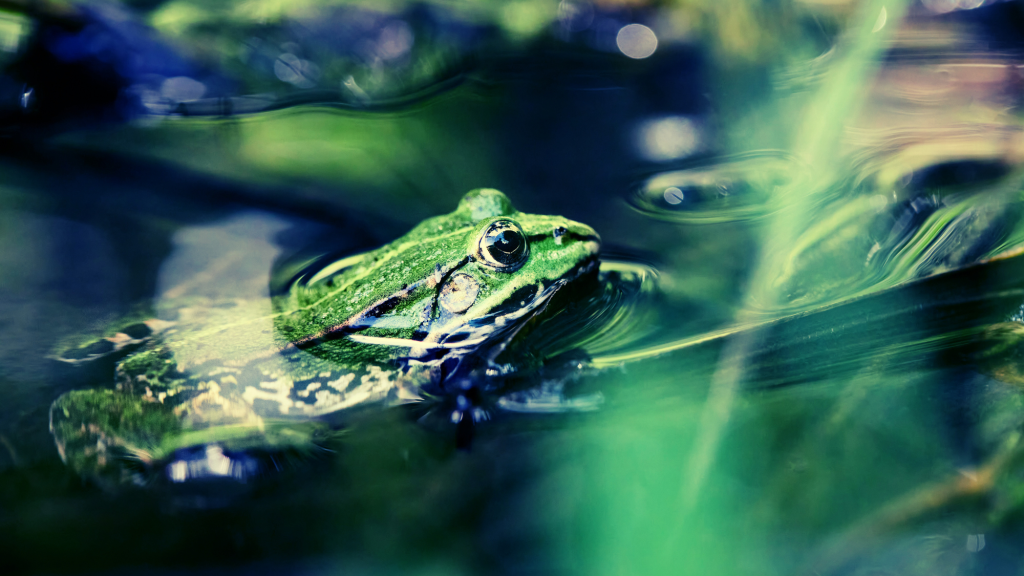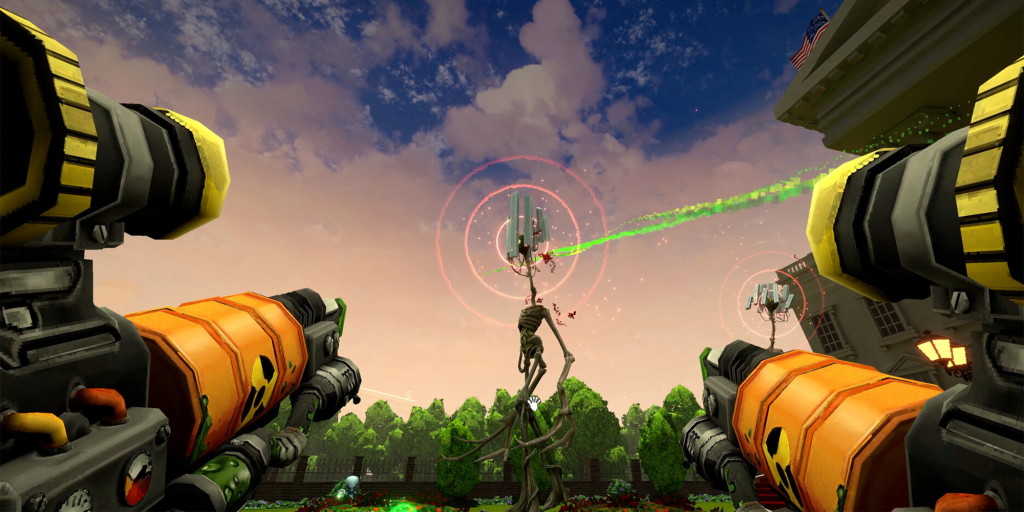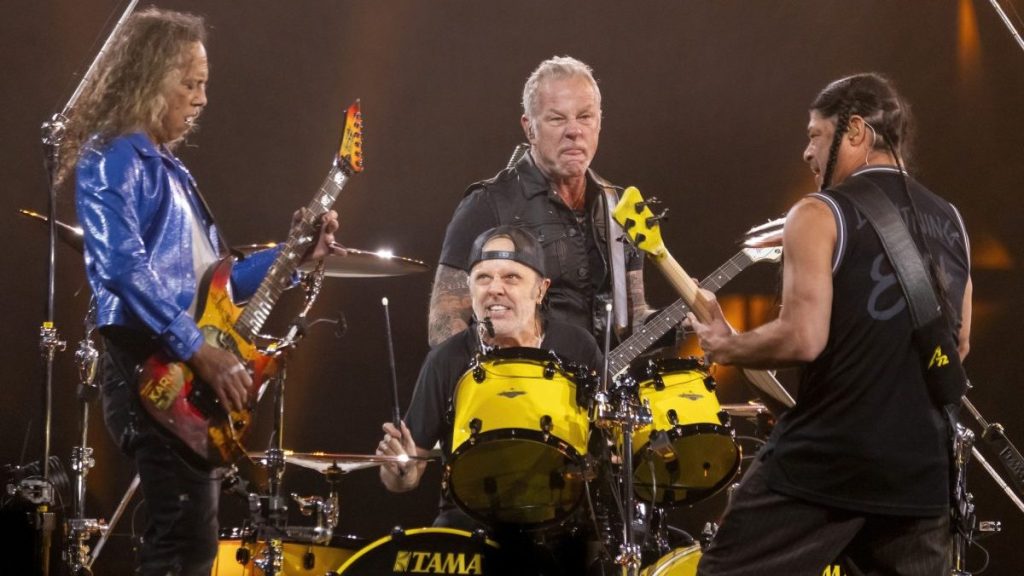“I can’t breathe”—sharpied on NBA players’ sneakers, graffitied on highway underpasses, and repeated among the last words of police brutality victims—has become one of the most recognizable slogans of the Black Lives Matter movement. But those three words don’t just point to police violence. They also speak to other silent and often unseen killers, like pollution and poverty.
Across the country, pollution and poverty are disproportionately killing Black people, Indigenous peoples, and people of color. In recent months, many Americans have begun to come to terms with racism in law enforcement agencies. Far fewer have learned about how racism affects the air we breathe, the water we drink, the land we live upon, and the perils we face on a warming planet.
Videos by VICE
Most passive observers of environmental pollution and racial injustice might not be accustomed to seeing those two ideas together. However, “environmental justice”—the idea that environmental benefits and burdens are distributed unequally throughout society, often along racial, gender, and class lines—deeply shapes communities across the country. This concept has its own movement, the environmental justice movement, which primarily emerged out of the struggle for civil rights and the research of Dr. Robert Bullard, whose pioneering work showed how pollution maps onto racial divisions.
A self-described “accidental environmentalist,” Bullard is now focused on preparing the next generation of Black leaders. Here he talks to VICE World News about how his wife drafted him into the movement, how far the movement’s come and where he sees it going, and what environmental justice activists should demand from the Biden administration.
VICE WORLD NEWS: How did you get involved in the environmental justice movement?
Robert Bullard: I was in Houston, working as a sociologist and my wife, Linda McKeever Bullard, was an attorney. One day she came home and said, ‘Bob, I just sued the state of Texas’—the state was considering giving a permit for a landfill to be built in this Black neighborhood in Houston. I said, ‘Technically you sued my employer,’ because I worked for a state university.
She needed someone to collect data for the lawsuit. I recruited students in my research methods class and I designed and conducted a study. This was before GIS mapping, before Google, before laptops—and long before there was a concept called ‘environmental justice’—in 1979.
The study showed that from the 1920s up to 1978, 82 percent of all the garbage dumped in Houston was dumped in Black neighborhoods even though Black people made up only 25 percent of the population.
That was an aha moment. We went to court and lost, but the data was so overwhelming. It was happening all over, but it had never been legally challenged in terms of civil rights. My wife developed a legal theory that this was a form of discrimination based on Jim Crow segregation.
I expanded the study to include other communities in the South and in 1990 I published the first environmental justice book in the United States, Dumping in Dixie: Race, Class, and Environmental Quality.
So, I would consider myself an accidental environmentalist. It wasn’t something I planned. I tell people I was drafted two times in my life—the first when I was drafted to the Marine Corps and later when my wife drafted me to do this case.
What was the environmental movement like then?
At the time environmentalism was considered a white, middle-class endeavor. We approached some of the white environmental groups to assist us with the case. We showed them the data and their response was: ‘Isn’t that where the landfills and garbage dumps are supposed to be?’ Black communities were considered compatible with garbage. The NAACP told us: ‘We don’t work on environment.’ It took more than a decade for environmental and civil rights groups to recognize how these issues converged.
What has made change happen more quickly in recent years?
Black Lives Matter and George Floyd have raised awareness of systemic racism not only in policing, but also in housing, education, employment, and the environment. Now with COVID-19 it’s clear there is racism in our health system. The last year has been an awakening.
The awakening of grassroots organizations, as well as academia and the legal profession has created more understanding. Environmental justice is now integrated across university curriculums. I’ve written 18 books—about housing, transportation, energy, food security, disaster response, health….All are really just one book. (Don’t tell anybody.) I mean, it’s about fairness, justice, and equity.
What can the incoming Biden administration do to advance environmental justice?
It shouldn’t be all white environmental groups at the table, advising Biden and Harris about Cabinet appointments or how money should be spent. Biden is President-elect because Black people in South Carolina—and give credit to Congressman Jim Clyburn—rallied behind him. Black women who voted in record numbers. They need to be recognized.
When we say to Biden, what are you going to do? Biden has to know that Black people had his back and we expect him to have ours. We’ll hold him to that.
How far has the environmental and climate justice movement come?
Justice has to be at the heart of all plans to address climate change from adaptation to mitigation. We’re getting more people to buy into this concept than 10 years ago, but there’s more work to be done.
In 25 years, this country will be majority people of color. We don’t need to wait until 2045 to resource our people of color organizations and invest in new leaders. That’s why a group of us created the HBCU Climate Change Consortium that’s training a new generation of Black leaders in environment, climate, science, and policy.
The fact that my generation, ‘baby boomers,’ are now outnumbered by millennials and younger—
Marcela Mulholland: They call us zoomers.
(Laughs) Yeah. We’re outnumbered.
That means we need to be preparing zoomers to take over positions that are being vacated by boomers. We don’t want to be looking around and saying, ‘Well, who’s going to fill this position? Who’s prepared?’
The goal of our Consortium is to take on this intergenerational work of educating and organizing, so that the next generation is prepared.
Any advice you would give this next generation of leaders?
I want them to take ownership of these issues so that they can speak with authority and authenticity and not be out there swinging in the wind with no constituency. Some people are out there talking with no bodies on the ground to back them up.
Communities can develop leaders to speak for themselves. I tell the press, I don’t speak for community X. They have fantastic leaders who can speak for themselves, and I’m here to support. That’s the leadership style we developed over decades.
Many other environmental groups didn’t adopt that model. They would parachute in, suck up all the air in the room, and make it appear somehow that they did the work. All the while there’s groups on the ground who’ve been fighting for 15 years.
That’s not acceptable. Most groups know that now. You stand with us, not in front of us.
What do you think the next generation of environmental activism will look like?
I am optimistic that the next iteration of environmental justice leaders will look like America. Our movement should be representative in terms of gender, geography, ethnicity, area of expertise, etc.
We don’t need everybody piled into one discipline. We need folks working across the board so that when young people step up, they can be called upon. Young people in engineering, urban planning, GIS mapping. I’m not just talking about folks with specific degrees—I mean having a PhD equivalent in organizing.
Now that I am an elder—I’m 73—I understand the importance of getting young people involved. They can take it to a level that nobody dreamed of.
How do you see the Black Lives Matter movement intersecting with environmental justice?
The way I see it, it’s just one movement. If you’re talking about Black Lives Matter, it’s about racial justice. In Louisiana, 30 years ago there were 15 plants around one community and people were saying, ‘We can’t breathe.’ We have protest signs from decades ago that look like they could have been made this past summer.
It’s all part of the same system that’s choking Black people in ‘sacrifice zones.’ It’s been happening for decades, but Black Lives Matter has made it so people can see it visually.
Wherever there are environmental justice issues, it’s a slow death. For example, asthma affects communities over a period of time. We don’t have videos of people dying, but there’s no way to deny that racism contributes to pollution. Combined with racism and policing that’s what these marches are about. They mark an awakening of young people who are saying—like we said in the 1960s: ‘We are fearless.’
Talking about these issues comes with the risk of inciting backlash from white supremacists who are some of the biggest terrorists in this country. This is not easy work. A lot of people after one year say, ‘This isn’t for me. I can’t do it.’ Then there are some of us who are marathon runners who can stay with it for 40 years plus, and keep fighting.
How have you been able to stick with it for 40 years?
I take it one day at a time. I look at the progress we’re making. When you have 30 students in a class you never know who is listening. And then 10 years later, a kid will come up to me and say: ‘Dr. Bullard, I was in your class and now I’m a toxicologist.’ Or: ‘I’m an environmental attorney.’ That keeps me going.
This interview has been edited for length and clarity.
Correction: An earlier version of this article misstated Robert Bullard’s age.
More
From VICE
-

Photo: Catherine Falls Commercial / Getty Images -

Photo: RYosha / Getty Images -

Screenshot: Running with Scissors




